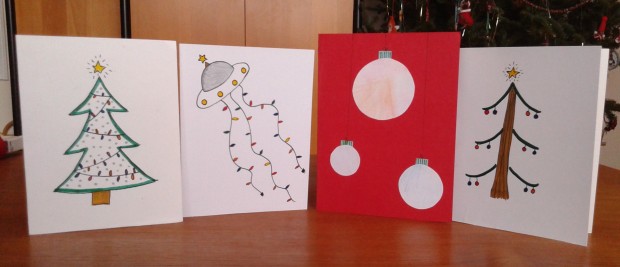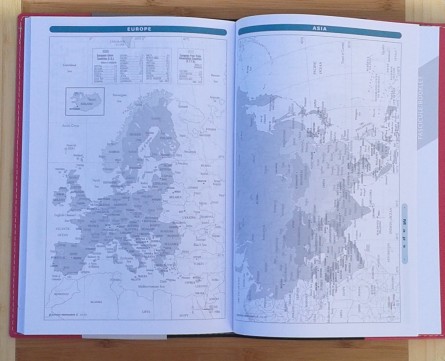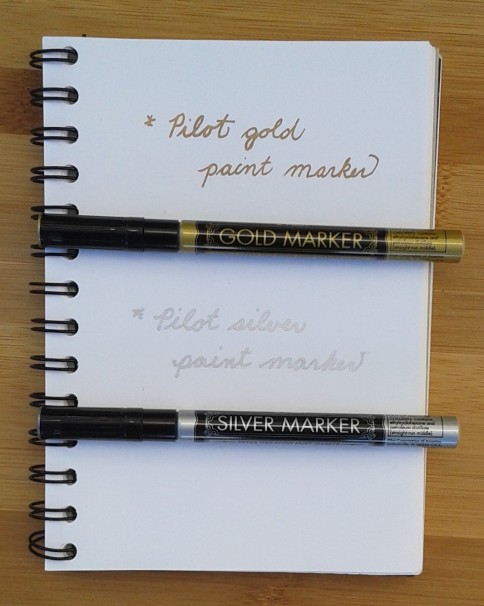
I did it, I managed to reach my goal to post a blog every week in 2017. I have a much greater appreciation of those bloggers who can do it daily.
It has been interesting to learn more about blogging and I appreciate my supportive friends and family. I am also intrigued by those managed to stumble across my obscure blog. I now have two dozen followers and have had over 200 visitors to my site from countries around the world including:
- Australia
- Austria
- Belgium
- Canada
- Finland
- France
- Germany
- Greece
- India
- Ireland
- Italy
- Malaysia
- Mexico
- Netherlands
- New Zealand
- Philippines
- Romania
- Singapore
- Sweden
- Ukraine
- United Kingdom
- United States
- Venezuela
A real inspiration for me was reading James Ward’s book, The Perfection of the Paperclip, (margretputspentopaper.wordpress.com/blog/page/5/) with his focus on the history of stationery items. I liked doing that kind of background research more than just doing product reviews. There are others who do reviews much better than I do. I also liked getting suggestions from readers on products and topics to write about. I haven’t followed up on all of them yet but it is flattering people want to hear my perspective.
Photography was a challenge for me as I found stationery supplies don’t lend themselves well to getting interesting shots. I big mistake I made was when I deleted my photos from WordPress and the had to upload them all again.
I don’t know if I will keep up the weekly posts, especially if I am away on holidays or injured as I have been for the last few weeks, but I do want to continue with the blog and hopefully improve my skills. I still have lots to learn about blogging and have topics I want to explore.
Thanks to all of you who have been reading and I hope you continue to check in with Margret Puts Pen to Paper. Have a wonderful 2018!
















